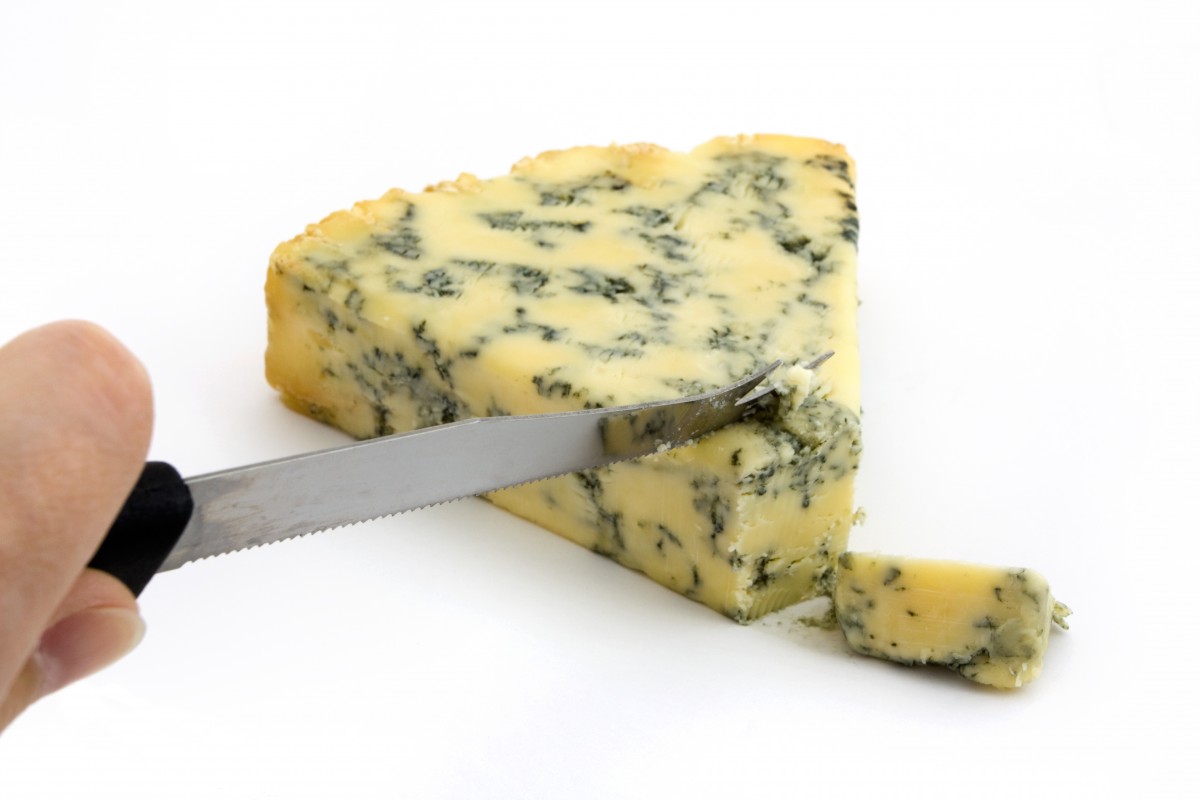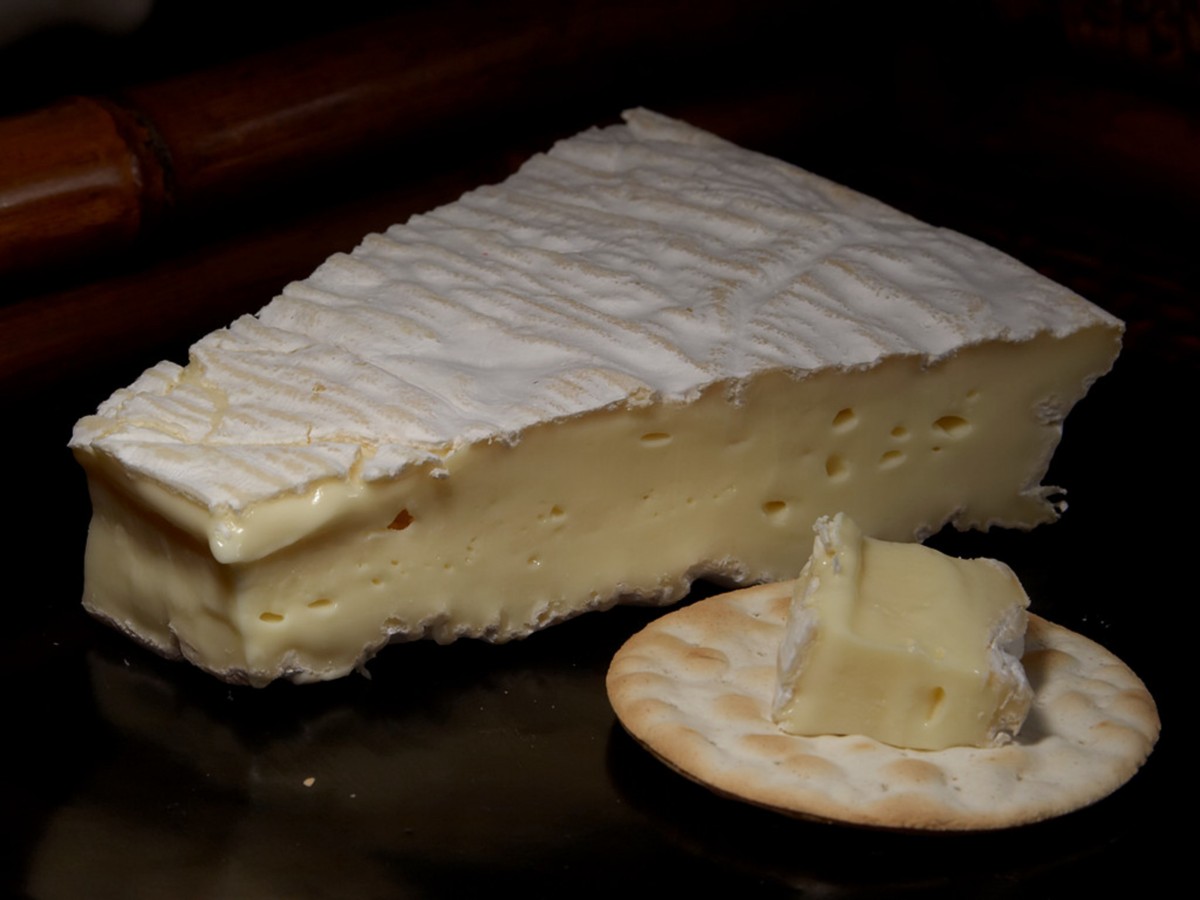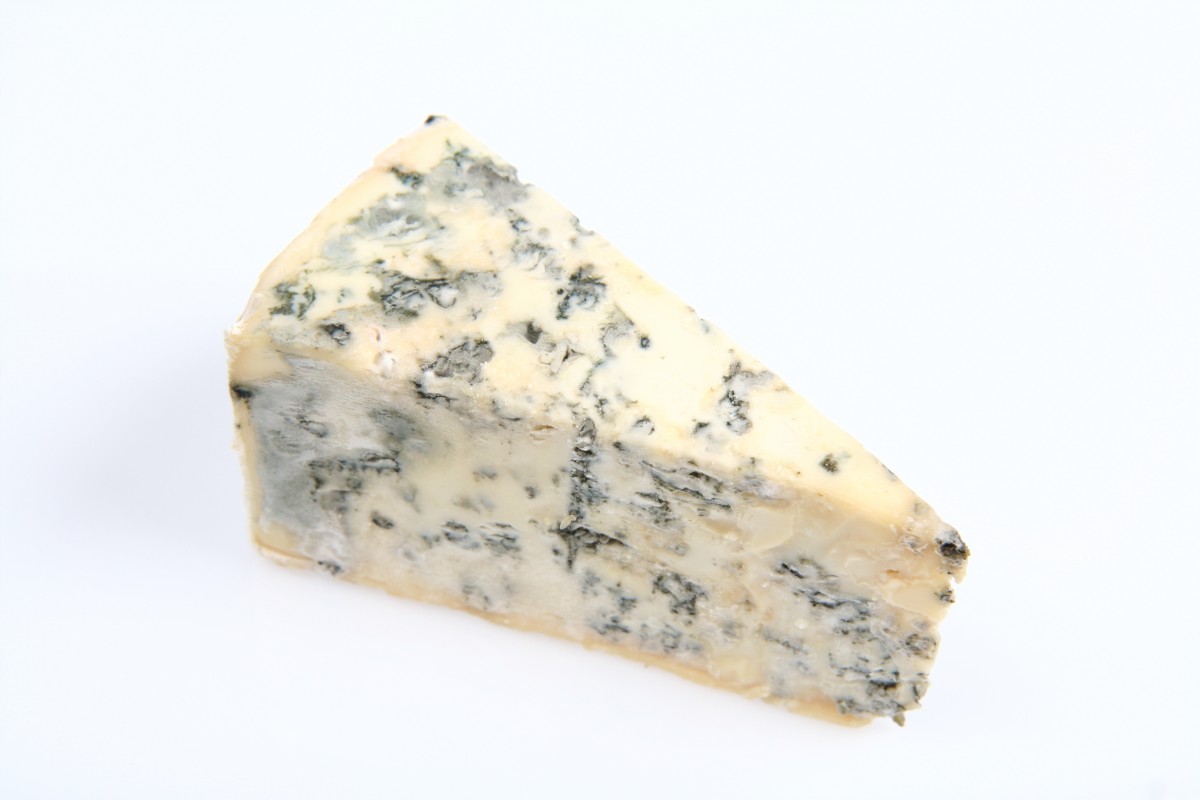Salt fiends beware! If you’re anything like me, you might have thought that not having a sweet tooth would spare you from most of snacking’s fallout on your body. Don’t get me wrong – sugar is not great. But salt, long used worldwide as a food preservative by suppressing the presence of bacteria, has been found to have an effect on the bacteria that inhabit our guts. And this secret massacre may actually be the mechanism behind good ol’ sodium chloride’s well-known health consequences.
“Recent research suggests an additional way salt may raise blood pressure – by altering your gut microbiome. Salt leads to a decrease in healthy microbes and the key metabolites they produce from fiber. These metabolites decrease inflammation in blood vessels and keep them relaxed, contributing to reduced blood pressure. […]
[M]odern diets often have too much sodium. According to the World Health Organization, healthy consumption amounts to less than 2,000 milligrams per day for the average adult. The global mean intake of 4,310 milligrams of sodium has likely increased the amount of salt in the gut over healthy levels.”
Research also shows that too much salt interferes with the release of the insulin-boosting hormone GLP-1, again in the gut, possibly leading to cravings and weight gain. Other studies show it might increase sugar absorption, as well as gut-derived corticosteroids.
If our diets depend on those nefarious “hyperpalatable” foods, packed with sugar and dalt and all sorts of burdensome substances, we might be doing a number on nut just our own bodies, but our microbiomes as well. These bacteria colonies help us in all sorts of ways, some of them still completely unknown to us. Next time I want a salty snack, I’ll have to have a real think about whether it’s worth it to those poor little guys!
The last time we looked at the future of coffee, it was pretty bleak. Coffee is often termed the “Goldilocks” of crops, thriving only in a “just right” combination of altitude, temperature, and rainfall. This delicate balance is often found in a narrow band in the highlands of countries like Ethiopia, Guatemala, and Indonesia — and will be among the first to be upset by climate change. 
Add to this the projected conversion of many of the world’s tea drinkers to java culture, and coffee is going to crash very hard, very soon. In an article co-published by Grist and Slate, author L.V. Anderson looks at the state of coffee substitute startups that are clamouring for their spot when the apocalypse comes. Gone are the days of chicory and Postum; tomorrow’s fake coffee is found in lupin beans, date pits, and leftover coffee fruit pulp. And everyone is promising a caffeine jolt to rival the real thing.
“In trying to explain what makes today’s beanless coffees different from the oldfangled kind, David Klingen, Northern Wonder’s CEO, compared the relationship to the one between modern meat substitutes and more traditional soybean products like tofu and tempeh. Many plant-based meats contain soybeans, but they’re highly processed and combined with other ingredients to create a convincing meat-like texture and flavor. So it is with beanless coffee, relative to Caro-style grain beverages. Klingen emphasized that he and his colleagues mapped out the attributes of various ingredients — bitterness, sweetness, smokiness, the ability to form a foam similar to the crema that crowns a shot of espresso — and tried to combine them in a way that produced a well-rounded coffee facsimile, then added caffeine.”
Another big promise is sustainability, with each company course-correcting different problematic aspects of coffee production. (For example: One uses European ingredients to prevent tropical deforestation, another repurposes agricultural waste like the abovementioned date pits.) Anderson even taste tests a few that are currently on the market: While definitely not coffee, there’s no outright dud in the bunch. We’ll see if these coffee innovations end up tasting even better when the world starts falling down around us!
The people who develop meat alternatives have been thinking further and further outside the box recently. But until encountering this week’s topic, I hadn’t yet thought of mould – yes, the stuff that usually makes you throw out a piece of meat – as the building block for a new kind of protein.
Scientists from Lawrence Berkeley National Laboratory have gene-edited Aspergillus oryzae, a multi-celled fungus also known as koji mould, to prompt it to form itself into a delicious, burger-like patty. Koji mould has been used for centuries to ferment such tasty, umami-rich foods as soy sauce and miso. It seemed a logical, if meticulous, process to turn it into the main course!
“To begin, (project leader and bioengineer Vayu) Hill-Maini focused on boosting the mould’s production of heme – an iron-based molecule which is found in many lifeforms but is most abundant in animal tissue, giving meat its colour and distinctive flavour. (A synthetically produced plant-derived heme is also what gives the Impossible Burger its meat-duping properties.) Next, the team punched up production of ergothioneine, an antioxidant only found in fungi that is associated with cardiovascular health benefits. After these changes, the once-white fungi grew red. […]
Hill-Maini’s next objective is to make the fungi even more appealing by tuning the genes that control the mould’s texture. “We think that there’s a lot of room to explore texture by varying the fibre-like morphology of the cells. So, we might be able to program the structure of the lot fibres to be longer which would give a more meat-like experience. And then we can think about boosting lipid composition for mouth feel and further nutrition.’”
The photos included in the source article show a juicy, Maillard-reaction-bedecked patty that I actually wouldn’t mind trying on a bun with lettuce, tomatoes, and a slathering of our BBQ sauce! Creating something satisfying enough to be the centrepiece of a meal from an ultra-sustainable and -replicatable mould is a win for both our taste buds and our planet. I’m looking forward to seeing these burgers at the shops – and trying a couple on the grill myself.

The cheese world is in a tizzy recently, and it’s opened up another huge debate about what ineffable qualities make up the identity of a food. The Good Food Awards are part of an organization that advances those who “humanize and reform our American food culture”, and are a big deal for American artisanal producers of tasty things to eat. This year, a California company named Climax Foods was slated to win the cheese category with – plot twist – a vegan blue cheese. That is, until the organizers retroactively seemed to alter the qualifications, in a move the Climax CEO Oliver Zahn claims was a backdoor disqualification, made under pressure from supporters of “real” dairy. 
The Washington Post’s deep dive goes into the politics, so in this space, we get to dig into the science. Which is fascinating – and something the opposing parties have also turned into ammunition.
“To Zahn, the method he’s using isn’t all that different from the one used for centuries. When it comes down to it, he notes, plants fuel the animals that produce milk – and so in concocting a milk made out of plants, Zahn says he’s just cutting out the middleman (or middle-bovine). In his analysis of traditional cheesemaking, a cow is essentially a processing machine – and not a very efficient one at that. […]
But traditional cheesemakers see the companies making vegan products as simply operating in another business entirely.
‘These are engineered products. And they’re part of a financialized food system that’s fueled by venture capital and disconnected from nature,’ says Mateo Kehler, co-owner of the family-run Jasper Hill Farm in Vermont. Kehler’s cheese has previously won Good Food awards, and his bark-wrapped, bloomy-rind Harbison cheese is a finalist this year. ‘You have these technological products, but they rely on adjacency to the value proposition that we have created – through labor and through creating products that are truly connected to a landscape, to a farming system, and to our collective human history.’”
I think this is a harbinger – plus with Italy, and now the state of Florida banning lab-grown meat, our culture is starting to take action on what were, until now, philosophical questions about the nature of our food. It will be very interesting to see how the market responds over the next five years or so. Despite the kerfuffle though, the vegan blue “cheese” in question looks delicious; once they settle on what to call it and what awards it’s allowed to win, I’d definitely want to try a slice!

We are a household (and company!) of seafood fans – a type of food that, while delicious, is rife with sustainability problems up and down the chain. But scientists at two Singaporean universities have fired a new salvo in the green battle, by developing a new kind of farmed fish food. This change may seem small, but the fallout is significant. 
Traditional farmed food is made up of fish meal, or wild-caught fish ground up and made into calorie-dense cakes or powder. The production of fish meal is a secret mover in many of the world’s economies and is a giant strain on wild fish populations. The new food, developed as a co-pro between Nanyang Technological University, Singapore, and Temasek Polytechnic, is based on a single-celled protein isolated from microbes the the wastewater of soybean processing. Protecting wild fish and a clever use for food production waste? Yes, please!
“To demonstrate their approach, the team added soybean processing wastewater from a food processing company in Singapore into bioreactors – a controlled environment for biological and chemical reactions – to cultivate single cell protein. […]
After producing their single cell protein, the research team fed two groups of young Asian seabass over 24 days. One group received a conventional fishmeal diet, while the other group was fed a diet of half regular fishmeal and half single cell protein. Both diets provided the same amount of nutritional content for the young fish.
At the end of the experiment, the growth of both groups was evaluated, and researchers found that the fish had grown the same amount. Interestingly, the group of fish on the new diet showed more consistent and less variable growth than the traditional diet group.”
The team projects the consistent growth aspect will be particularly interesting to farmers – who are all about getting the plumpest bang for their buck, and therefore for their downline. The whole shebang represents a cost-effective and environmentally friendly way of stabilizing the industry too, pivoting it from a delicate source of wild protein to one that is nearly infinitely available. If that means more tasty, well-raised fish on my plate, I’m in!
As we’ve seen in this space before, humans are looking at a variety of meat replacements, many for sustainability reasons. But this is the first time I’ve encountered an intensive study on the farming viability of snake meat. Particularly, python – whose meat is already enjoyed throughout Southeast Asia, and has a flavour and texture similar to chicken breast.
Scientists observed two python farms in Thailand and Vietnam (hosting populations of reticulated and Burmese pythons) for a full year before publishing their findings in Scientific Reports. They discovered that the hallmarks that make pythons a top predator are ironically turning them into an excellent candidate for our plates.
“Pythons have an ‘extreme biology and evolutionary slant toward extreme resource and energy efficiency,’ Patrick Aust, conservation specialist at nonprofit People for Wildlife and co-author of the paper, told ABC News. Since pythons are an ‘ambush predator’ that chooses prey up to 100% their own weight, they can survive for prolonged periods of time between meals, Aust said. […]
The pythons were fed on a weekly basis a variety of locally sourced proteins, such as wild-caught rodents and fishmeal, and were regularly measured and weighed over a 12-month period, according to the paper. The authors found that both species of python grew rapidly – by up to 46 grams per day – with females seeing higher growth rates than males.”
Because pythons eat one giant meal periodically, they are less susceptible to supply chain interruptions than livestock like cows or pigs. Plus, they are almost all meat: 82% of their average body mass is edible. The biggest hurdle scientists envision is reprogramming the Western palate to understand python meat as food. Otherwise (besides plant-based options of course) snake meat could prove one of the more sustainable protein sources in our increasingly dire food future!

We at DFC love our cheeses – especially the more flavourful varieties, like blue cheeses, and bries. But, as a new analysis from Vox outlines, we might not have much more time to enjoy them – at least in the way we’re accustomed.
Turns out, about 100 years ago, the cheese-making industry accidentally created worldwide uniformity in camemberts, bries, and certain blues by standardizing the use of Penicillium camemberti. This sub-strain of the fungus Penicillium biforme produces particularly delicious – and attractively fluffy and white – mould. This albino mould was so popular that other, genetically diverse, strains of cheese mould have died out. Now, p. camemberti is under threat specifically because of this lack of biodiversity.
“For reasons that are not totally clear, the albino strain can’t reproduce sexually, like most molds can — meaning, it can’t ‘breed’ with another individual to create new genetic diversity. So to create more of this fungi, cheesemakers have to clone it, not unlike how you propagate a plant using a cutting. Yet decades of replicating the same individual can introduce harmful errors into its genome, [evolutionary biologist Jeanne] Ropars said.
That’s what’s happened with P. camemberti. In recent decades, the albino fungus picked up mutations that interfere with its ability to produce spores, and that makes it much harder to clone. Put simply: It’s now difficult for cheesemakers to grow the key fungus used to make brie and Camembert.”
If P. Camemberti goes the way of the Gros Michel banana, there are other options, like populating camembert and brie with similar, “wild”-er strains. But that would change the taste and look of the pristine white, smooth cheeses we’re used to. A small price to pay for nature’s correction of humanity’s overreach? It looks like we’ll have to see: The mould is in charge here, and taking our taste buds along for the ride!

As I write this, I’m sipping on a soda water – a luxury our friends Down Under don’t have right now. Due to a perfect storm of climate change, political unrest, and literal accidents, Australia and New Zealand are experiencing a carbon dioxide shortage. This translates to a noticeable dearth of pop cans on supermarket shelves; or, as they would call them “fizzy drinks.” Photos of empty racks are circulating in the news and on social media: Think early COVID, where instead of toilet paper and baker’s yeast, it’s flats of Diet Coke.
“At the recent Gasworld European CO2 Summit 2024 in Austria, Content Director Rob Cockerill reflected on the new dynamics sweeping the international CO2 market. ‘Does that mean another CO2 crisis is coming? It’s potentially going to happen.’ […]
‘For the supply chain, the challenges are competition for sources. You’ve got a lot of traditional sources supplying emerging markets, that are moving out of Western Europe and North America to lower-cost energy environments, and then there is carbon capture and sequestration which is also competing for those sources.’
Alongside traditional demand driven by the food and beverage industry are some interesting emerging applications, such as e-fuels, sustainable aviation fuels (SAF) and green concrete, which Carson said has the potential to be ‘gigantic.’”
Major CO2 supplier BOC has chimed in, telling Australia’s ABC News that it’s working to re-establish the supply chain, but prioritizing delivery for medical, water treatment, and safety first. Here’s hoping this isn’t the first sign of complete social collapse, and our antipodean amigos will soon have their fizzy drink supply restored – in time for (their) winter!

Here is some fun news that will brighten up the winter days: Researchers at the University of Nottingham have developed a method of making different colours of blue cheese. And no, they don’t just dye them! The colour difference is in the mould – the deliciously funky Penicillium roqueforti – that gives cheeses like Stilton, Cabrales, and its namesake, Roquefort, their distinctive flavour and blue-green veins. Now, cheese with white, red/brown, and bright green pigmentedspores could be seen on our tables in future. This is thanks to some careful selective breeding on the part of the research team.
“The researchers found that a biochemical pathway gradually forms the blue pigments, starting at a white color, which progressively becomes yellow-green, red-brown-pink, dark brown, light blue, and finally dark blue-green. The team were then able to use some classic food-safe (non-GM) techniques to ‘block’ the pathway at certain points, and so create strains with new colors that can be used in cheese production. […]
Reported team lead Dr. Paul Dyer, Professor of Fungal Biology:
“‘The interesting part was that once we went on to make some cheese, we then did some taste trials with volunteers from across the wider University, and we found that when people were trying the lighter-colored strains they thought they tasted more mild. Whereas they thought the darker strain had a more intense flavor. Similarly, with the more reddish brown and a light green one, people thought they had a fruity tangy element to them – whereas according to the lab instruments they were very similar in flavor. This shows that people do perceive taste not only from what they taste but also by what they see.’”
The team is now embarking on a production trial with local cheesemakers in Nottinghamshire and in Scotland. They hope that these flashy new colours will convert a few of the folks out there who aren’t fans of traditional blue cheese. I’m already on board – and mentally planning an amazing technicolour cheese plate for as soon as these hit the market!
I’ve been through my fair share of regional airports in my lifetime, but they all blur together in my mind into one mass of delays, bad coffee, and low-key existential dread. Perhaps a glass of wine would change all that – classing up the place as well as making it more memorable… That’s part of the rationale behind a wholesale transformation of Florence’s Amerigo Vespucci Airport, which, thanks to American firm Rafael Viñoly Architects, will soon boast a green roof that will also serve as a functioning vineyard!
The announced plan is actually a full reimagining of the airport. They intend the 19-acre, 38-row vineyard to cover a central plaza modelled on the traditional streetscape of Tuscany, the Italian region of which Florence is the capital.
“The sloping green roof entirely dedicated to vineyards will be by design intentions an ‘ode to the Tuscan winemaking tradition,’ designed to be functional and productive. In fact, according to the designers, ‘the vineyards will be cultivated by a leading winemaker in the region and the wine will be produced and aged in specialized cellars under the roof of the terminal.’
Structurally, complex engineering and careful consideration of factors such as weight distribution, drainage, and wind load will be essential to support the vineyard. In addition, the microclimate of a rooftop is very different from that of a traditional vineyard, with problems of heat, wind, and proximity to aircraft.”
That “proximity to aircraft” part has some critics concerned, as the information the architects have made available doesn’t address the significant pollution that planes generate, and how it could affect or even enter the grapes. One imagines a thorough environmental assessment is in the offing – it would be great for them to make the results public when and if they come in. If, and only if, I’m guaranteed a clean wine, then this could definitely be a refreshing stop on my next Italian vacation!